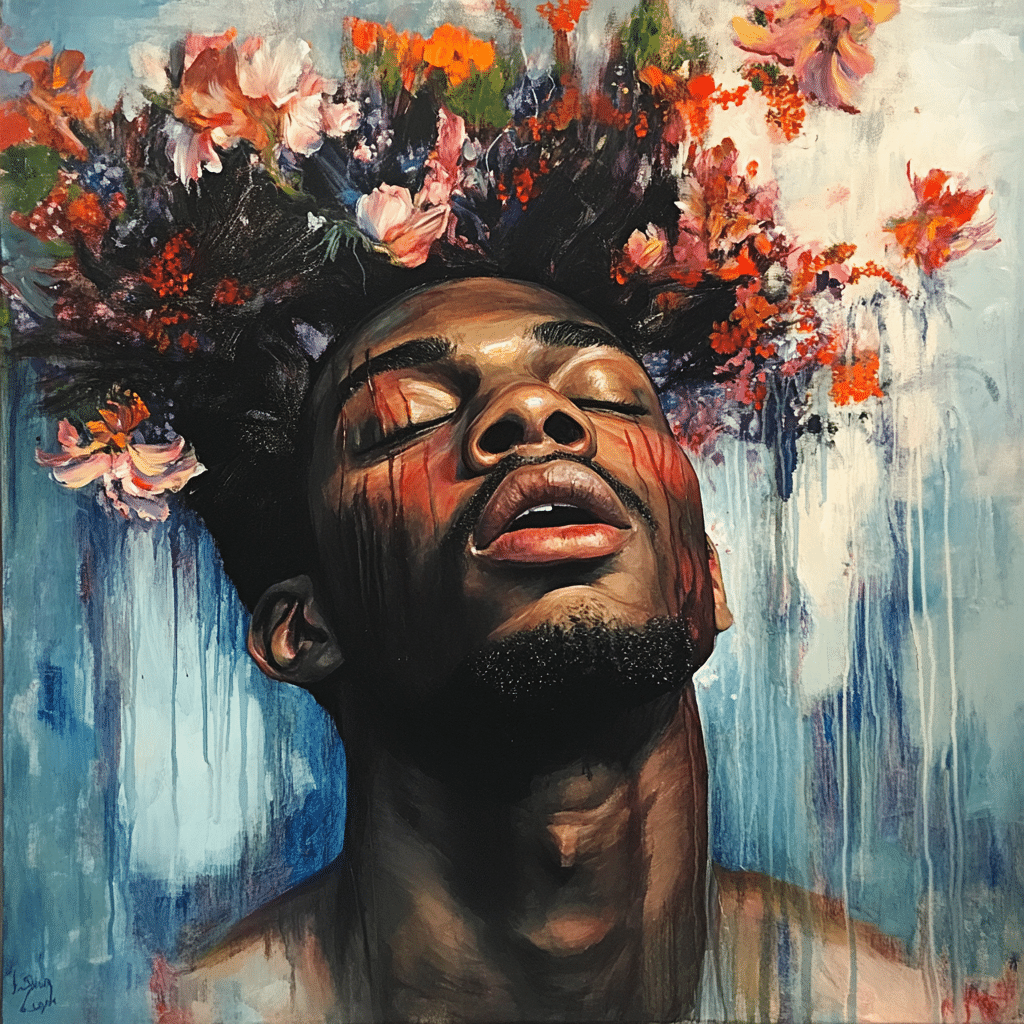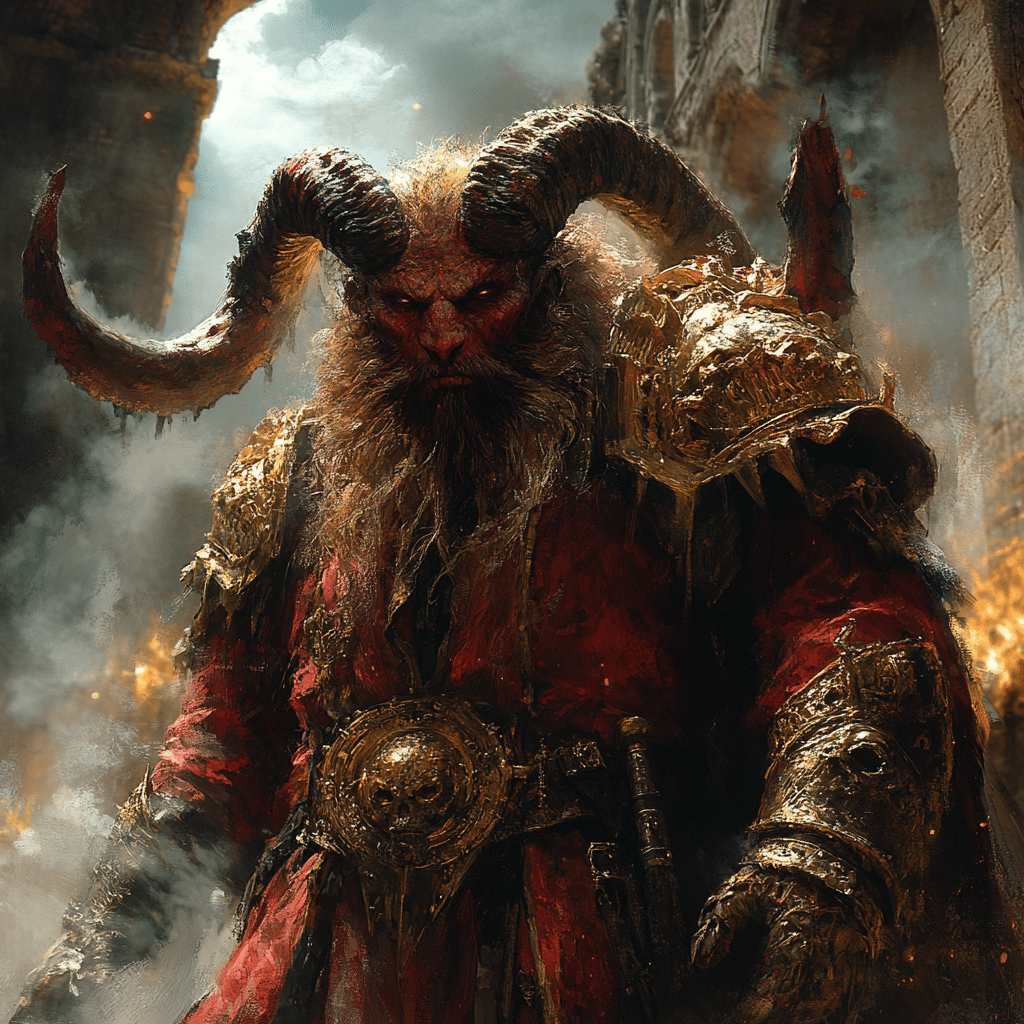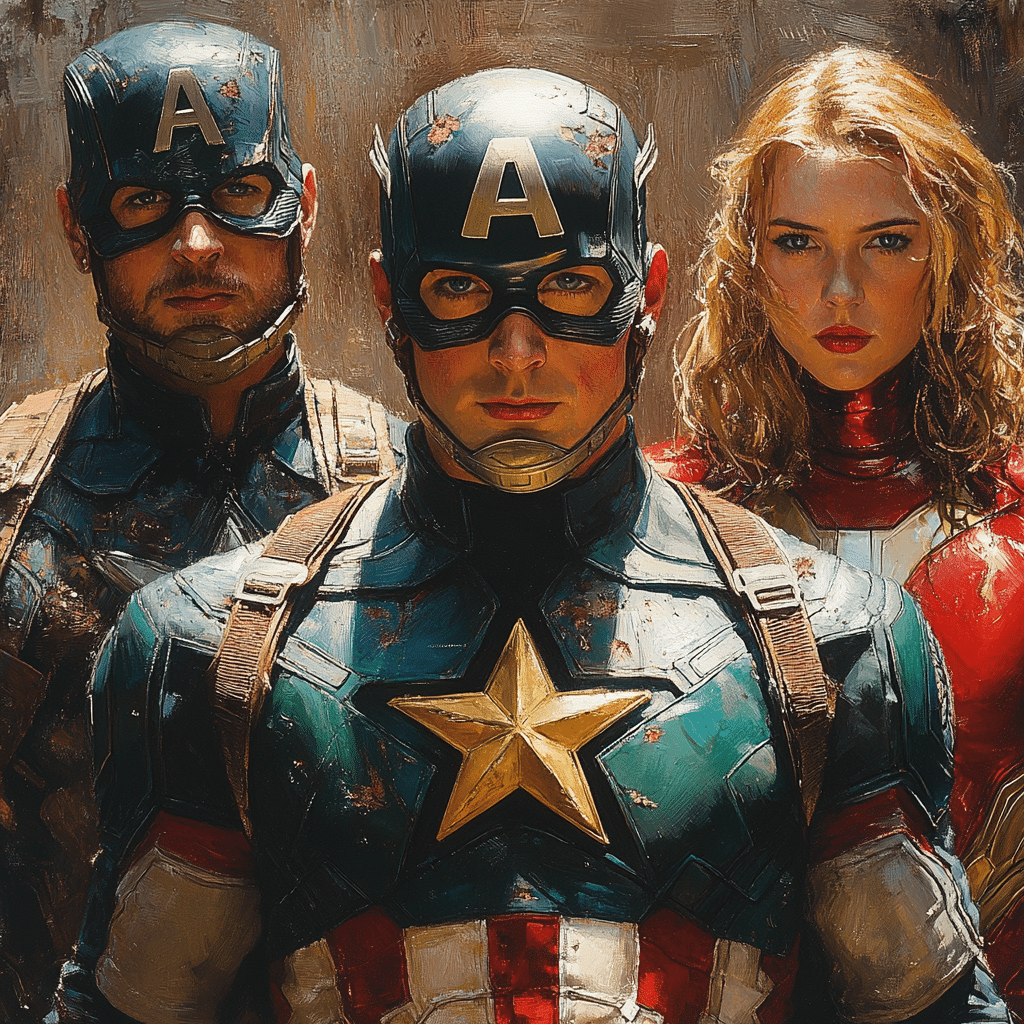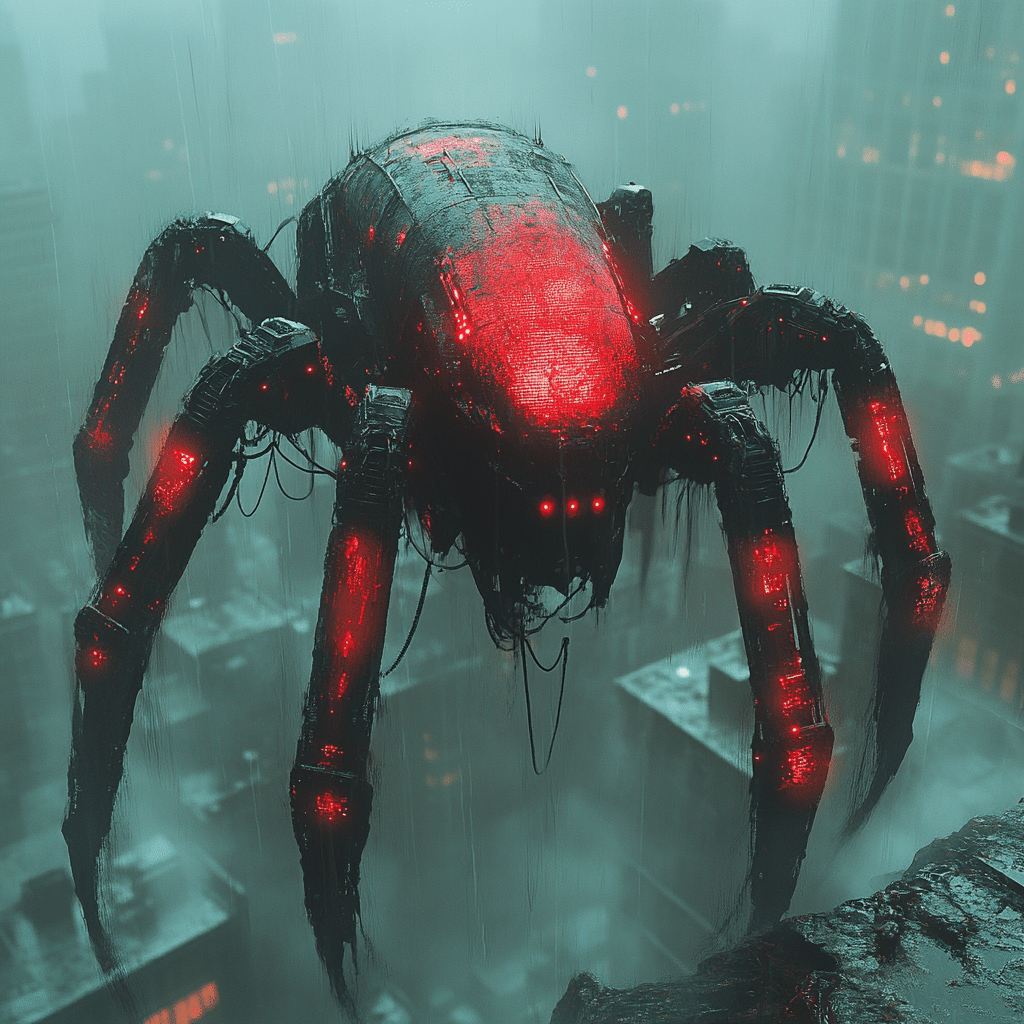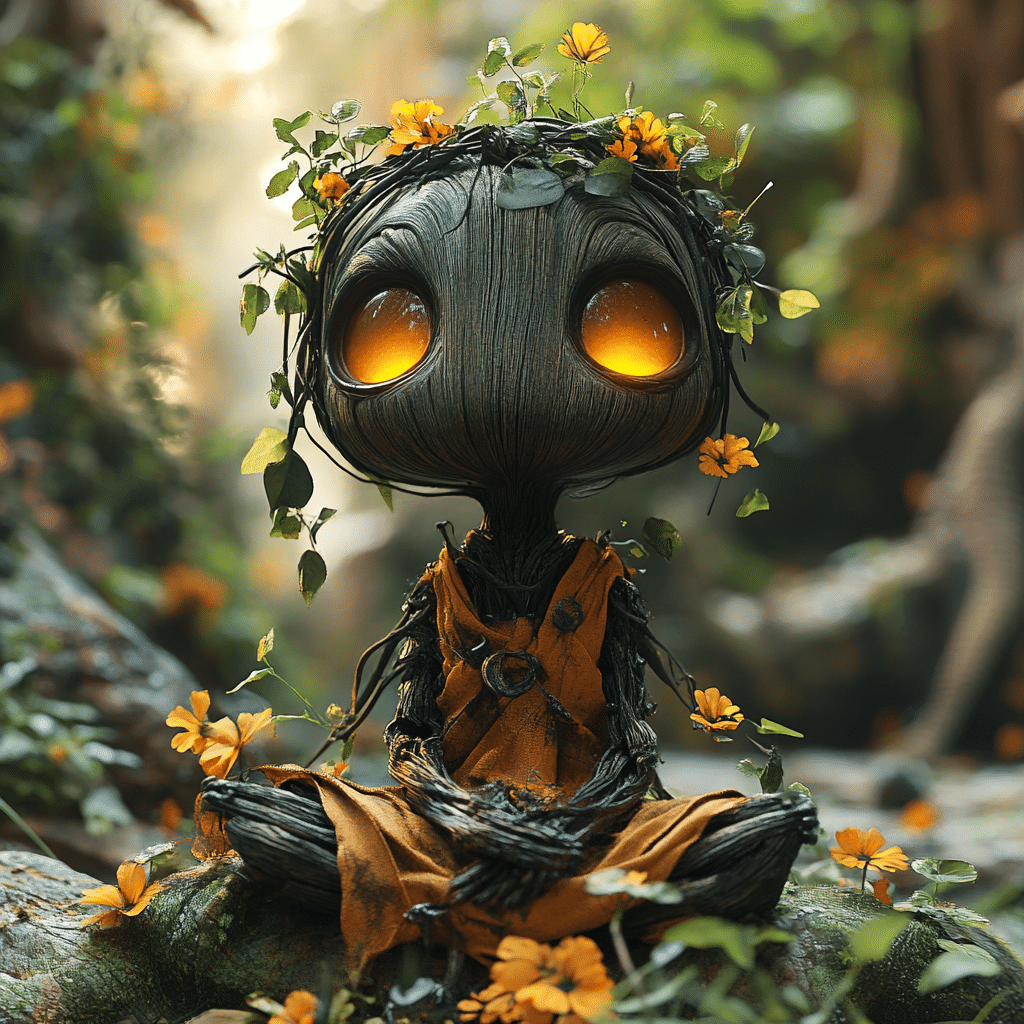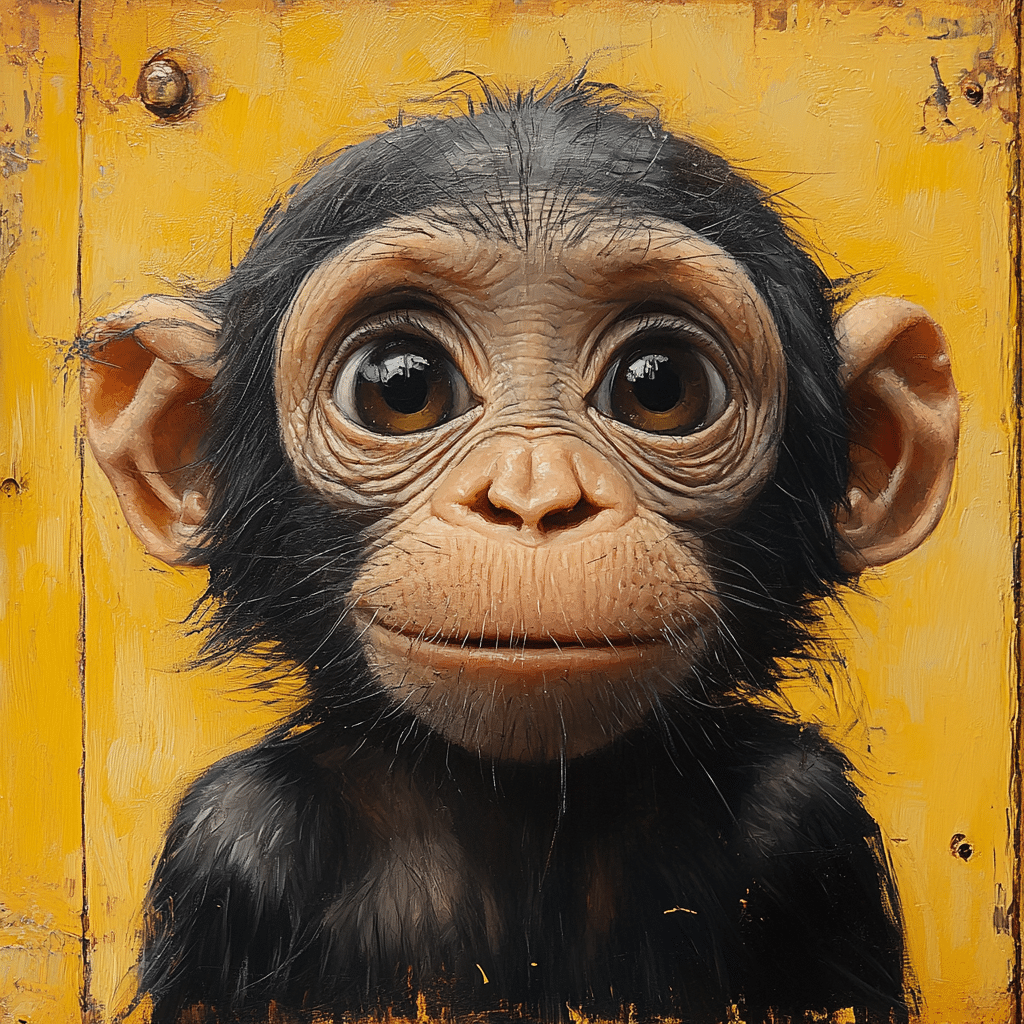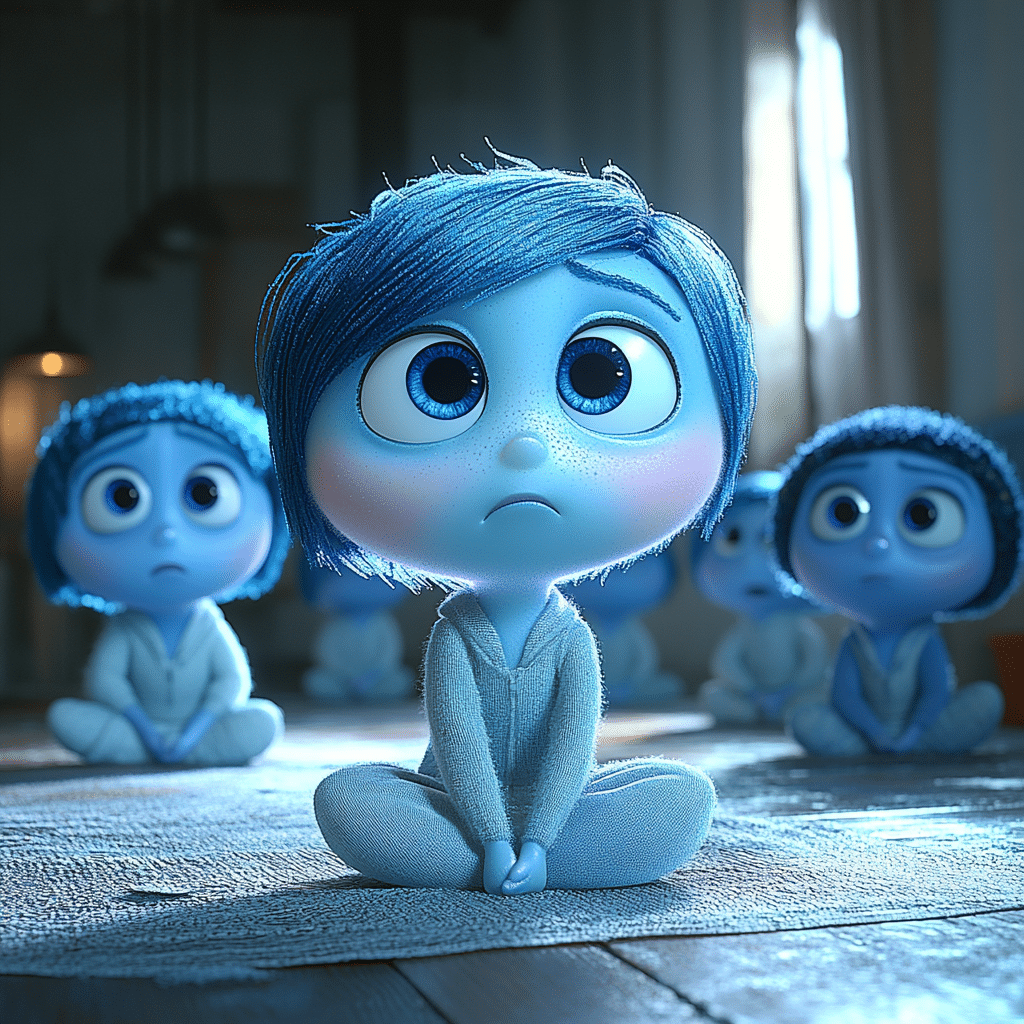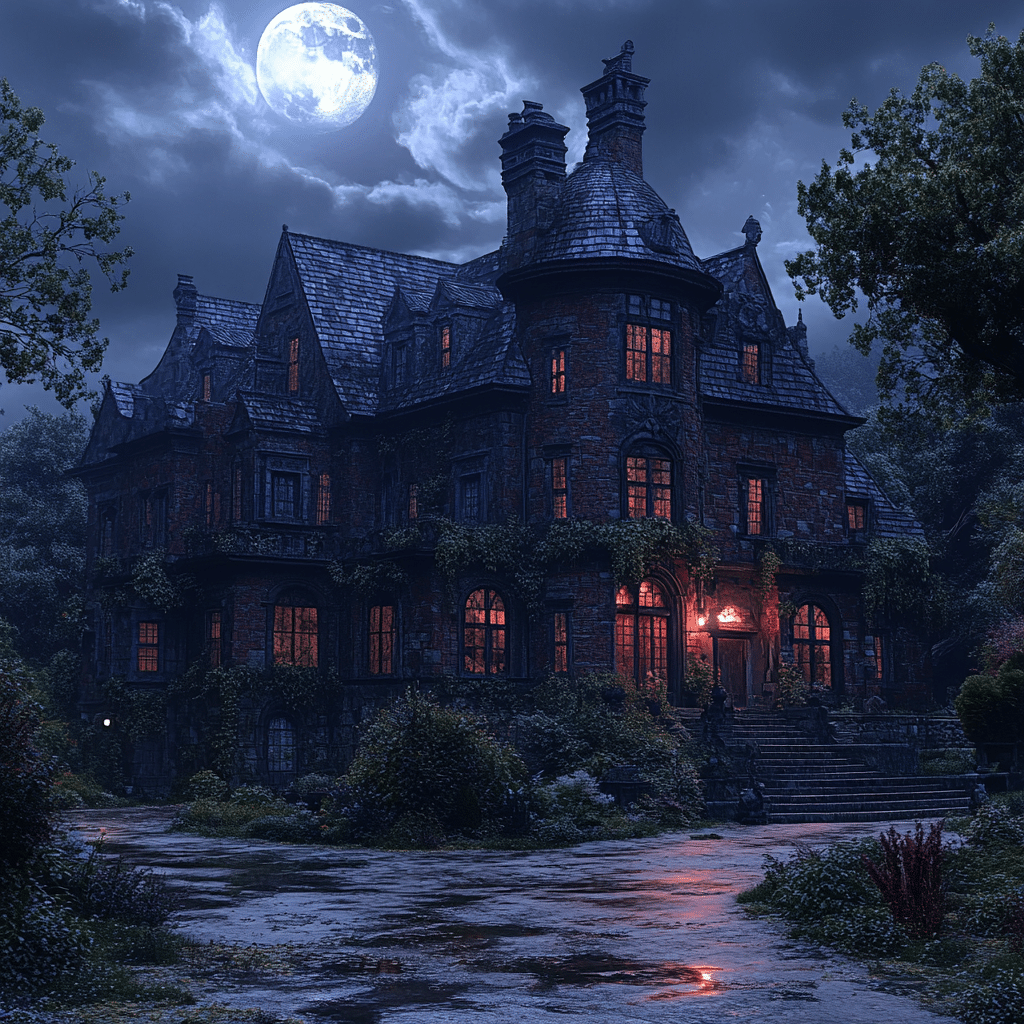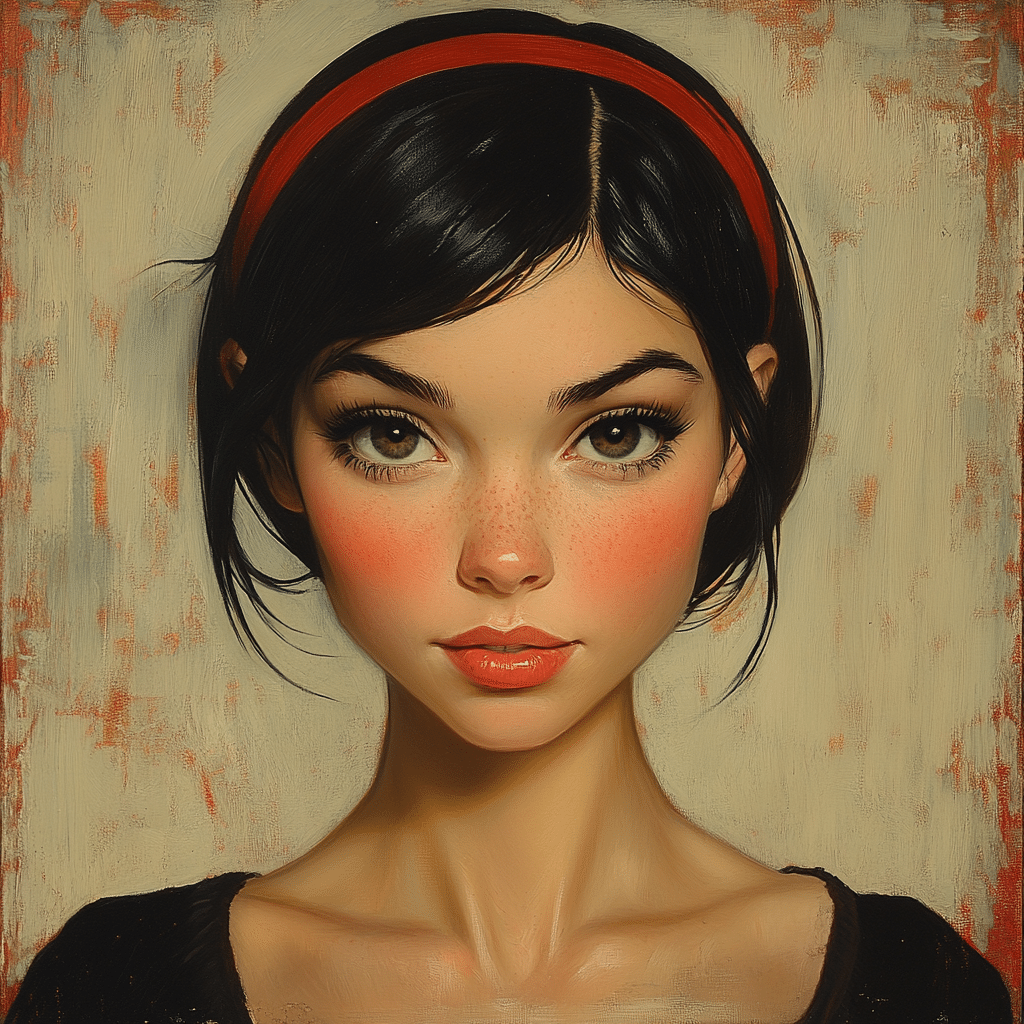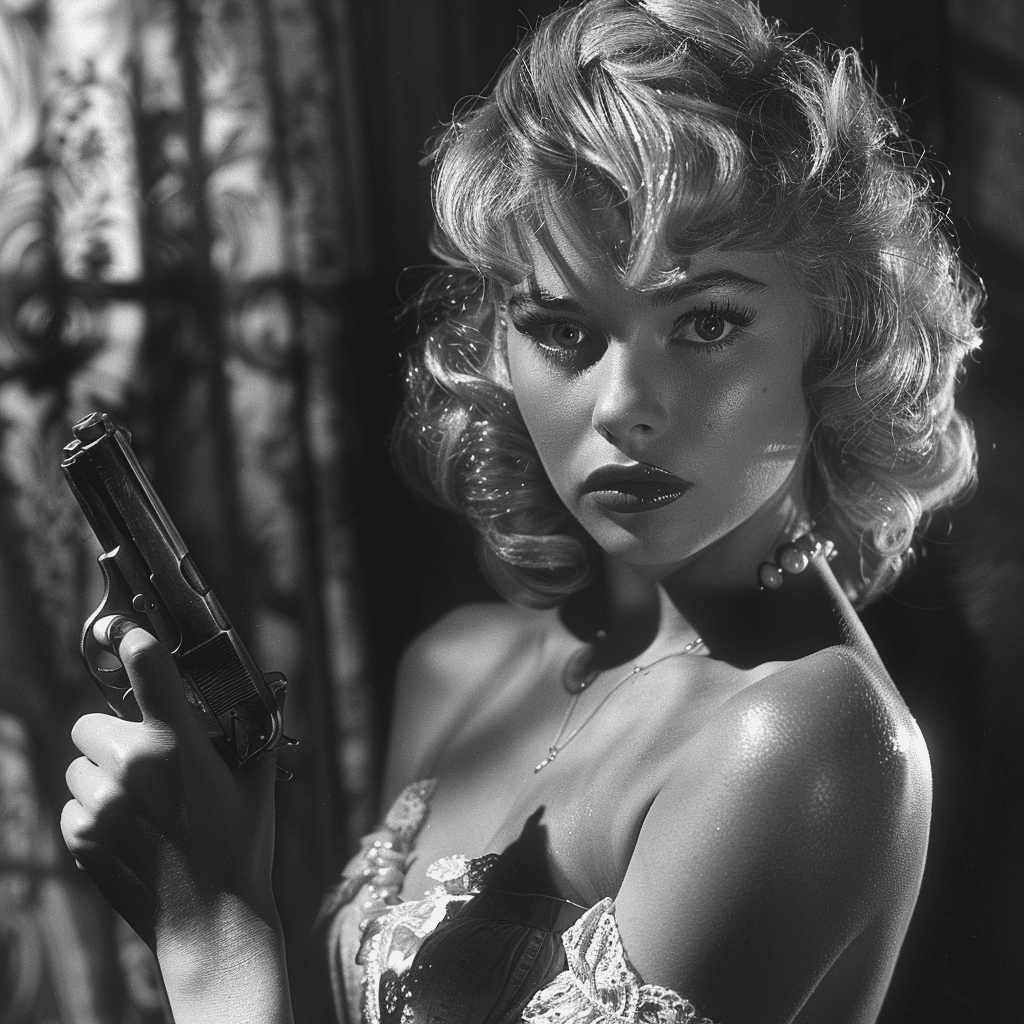When we think about heroes in pop culture, their journeys are often defined by their archnemeses—those formidable foes who embody the ultimate challenges. These archnemeses serve as catalysts for growth, pushing heroes to their limits while mirroring broader societal struggles. They encapsulate the essence of conflict in storytelling, highlighting themes of morality, justice, and the timeless tug-of-war between good and evil. In the realm of film, we’ve seen heroes’ firsthand battles with their archnemeses not just reflect personal dilemmas but resonate with the audience’s understanding of their own inherent struggles.
The archnemesis isn’t just a villain; they’re a shadowy reflection of the hero, highlighting what’s at stake. From comic books to blockbuster movies, these adversaries drive the narrative, adding layers of complexity to the hero’s journey. So, let’s dive deep into this enchanting world where heroism and villainy entwine, exploring the impact of some of the most iconic archnemeses in popular culture.
The Role of Archnemesis in Hero Narratives
In superhero stories, the archnemesis plays a crucial role in shaping not just the hero’s path but the very fabric of the narrative. They challenge the hero’s principles, forcing them into moral quandaries that can change how they see the world. Often, their relationships mirror real-life struggles, reflecting societal issues like justice, vengeance, and the nature of power.
At their core, these archnemeses personify the fears and vulnerabilities that heroes face; they’re often amplified by inner turmoil and external pressures. Think about Batman and the Joker, for instance. Batman embodies order, while the Joker thrives on chaos, representing a psychological battle as much as a physical one. This duality invites audiences to question their own understanding of good and evil, revealing the complexity that lies beneath the surface.
Hero and archnemesis relationships often evolve, reflecting the complexities of human nature. As stories progress, these foes can become a source of profound character development, pushing heroes to redefine themselves. This interplay not only enriches the narrative but also captivates audiences, drawing them into a deeper emotional experience.
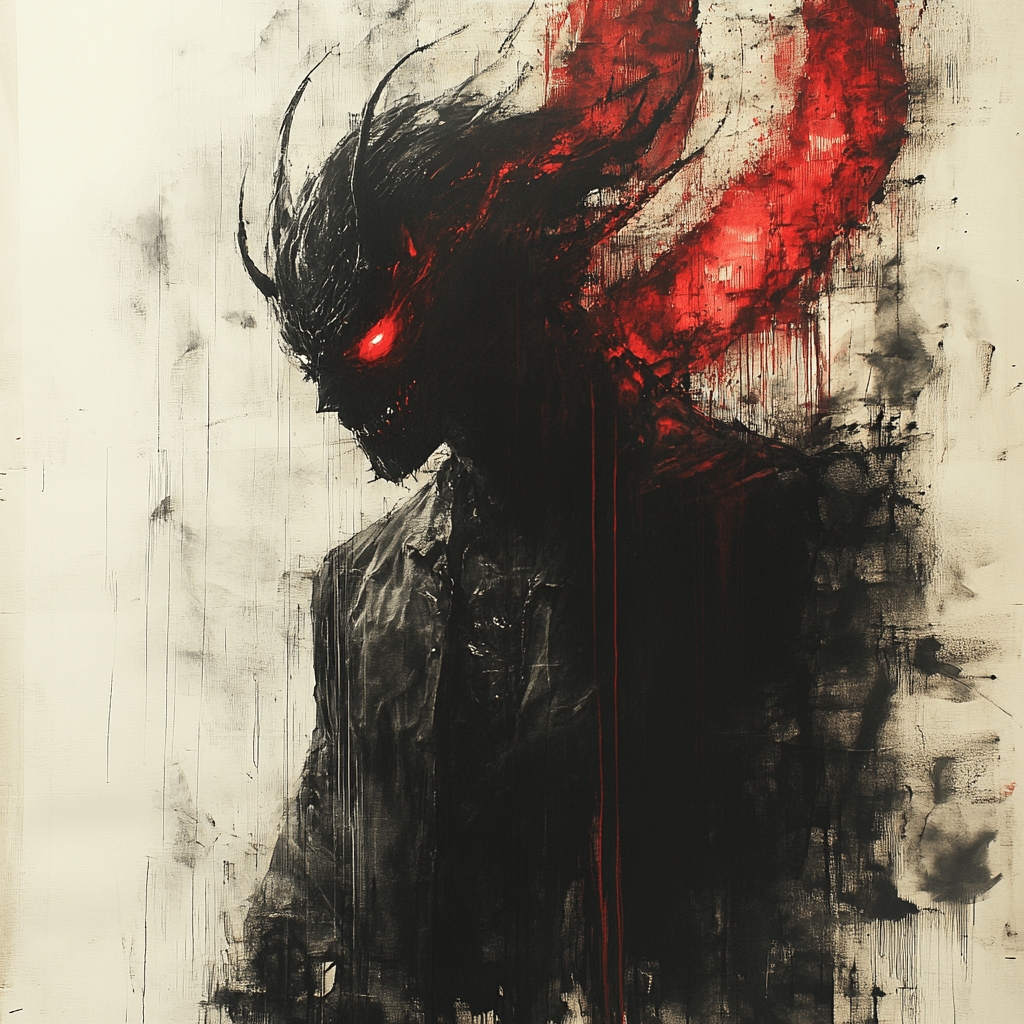
Top 5 Iconic Archnemeses and Their Impact on Hero Journeys
1. The Joker: Batman’s Chaotic Mirror
The Joker isn’t just your garden-variety villain; he’s the embodiment of chaos in Gotham and a mirror reflecting Batman’s own psyche. Their rivalry reveals the thin line between sanity and madness, challenging Batman’s moral compass. Each encounter is a psychological dance, showcasing how Gotham’s dark underbelly can test even the most steadfast of heroes.
This dynamic isn’t simply about brawn or intellect; it’s an exploration of fear and control. The Joker taunts Batman, forcing him to confront his fears, vulnerabilities, and the ever-looming question—how far must a hero go to uphold justice? Gotham isn’t just a backdrop; it’s an extension of their psyches, making this archnemesis relationship one of the most compelling in cinematic history.
2. Lex Luthor: The Intellectual Adversary of Superman
When you think of Superman, Lex Luthor jumps to mind as the quintessential archnemesis. While Superman embodies hope and altruism, Luthor represents ambition, intellect, and the darker side of humanity. This chess match of wits delves into jealousy and the fear of human potential overshadowed by a superhuman ideal.
Luthor isn’t merely a physical threat; he challenges Superman’s values and beliefs, making him question his role as a hero. The dynamic plays out in numerous films, each showcasing a world where human ambition can create formidable obstacles, elevating the narrative from mere spectacle to a profound philosophical discourse.
The rivalry encapsulates the idea that sometimes our greatest threats come not from the outside, but from within us. Lex Luthor’s scheming and ruthless ambition force Superman to constantly reassess what it truly means to be a hero—providing a fascinating counterpoint to the superhero narrative.
3. Green Goblin: Spider-Man’s Psychological Duel
Norman Osborn’s transformation into the Green Goblin creates one of the most psychologically rich rivalries in comic book history. The Green Goblin isn’t just a villain; he personifies the consequences of unchecked ambition and the darkness lurking within all. Their encounters present a built-in tension that examines the struggle between personal responsibility and superhero duties.
This archnemesis relationship highlights the idea that the battle can be as much personal as it is external. When Spider-Man grapples with the Goblin in his civilian life, it drives home the notion that heroes face moral dilemmas influenced by their loved ones and personal choices. It’s more than a fight; it’s a relentless psychological duel where every blow carries emotional weight.
4. Magneto: The Complex Antagonist of X-Men
Magneto is not merely an enemy of the X-Men; he symbolizes the struggle marginalized groups face against oppression. His background as a Holocaust survivor adds an intricate layer of complexity, showcasing how personal trauma can shape one’s worldview. In a battle of ideologies, Magneto’s quest for mutant rights often stands in stark contrast to Professor X’s dream of peaceful coexistence.
The ideological clash between Magneto and the X-Men personifies the gray areas in morality—compelling heroes to confront their beliefs about justice and revenge. It forces them to grapple with the question of how far one should go to defend their kind, igniting valuable discussions about acceptance and humanity.
With Magneto, we can’t just label him a villain. His struggles resonate deeply, reflecting real societal issues that challenge our understanding of heroism. His character arc becomes a lens to explore themes like sacrifice, ideology, and moral obligation, making his role as an archnemesis unforgettable.
5. Thanos: The Existential Threat in the Marvel Universe
Thanos epitomizes a complex archnemesis; he’s a titan with a twisted sense of morality. His desire for balance through destruction raises troubling questions about sacrifice and the greater good. The Infinity Saga stands as the quintessential arena where heroes confront their philosophy and purpose, throwing them into moral ambiguity like never before.
His arc forces the Avengers to grapple with their own values, testing the limits of friendship and sacrifice. In every encounter, Thanos challenges them to reflect on their notions of justice—asking who should live and who must perish for peace’s sake.
The stakes of these confrontations ripple through the narrative, leading to deeply emotional and philosophical reflections on duty, sacrifice, and the ethical choices heroes must make in their pursuit of safeguarding the universe.
The Psychological Depths of Archnemesis Relationships
The relationships between heroes and their archnemeses pull audiences into a psychological landscape that reflects profound truths about the human condition. These narratives invite viewers to consider their own fears, aspirations, and moral standings as they watch characters confront the ultimate embodiments of their challenges.
As heroes face their archnemeses, they’re often forced into moments of introspection, highlighting the conflicts that arise from their identities. The struggle often goes beyond physical confrontations; it reveals intimacy within their battle, exposing emotional scars and fears that resonate deeply with the audience.
This reciprocal influence nurtures character evolution; heroes become reflections of their experiences with these foes. The more they confront their archnemeses, the clearer their personal truths become—demonstrating that sometimes the most daunting challenges are those we must face within ourselves.
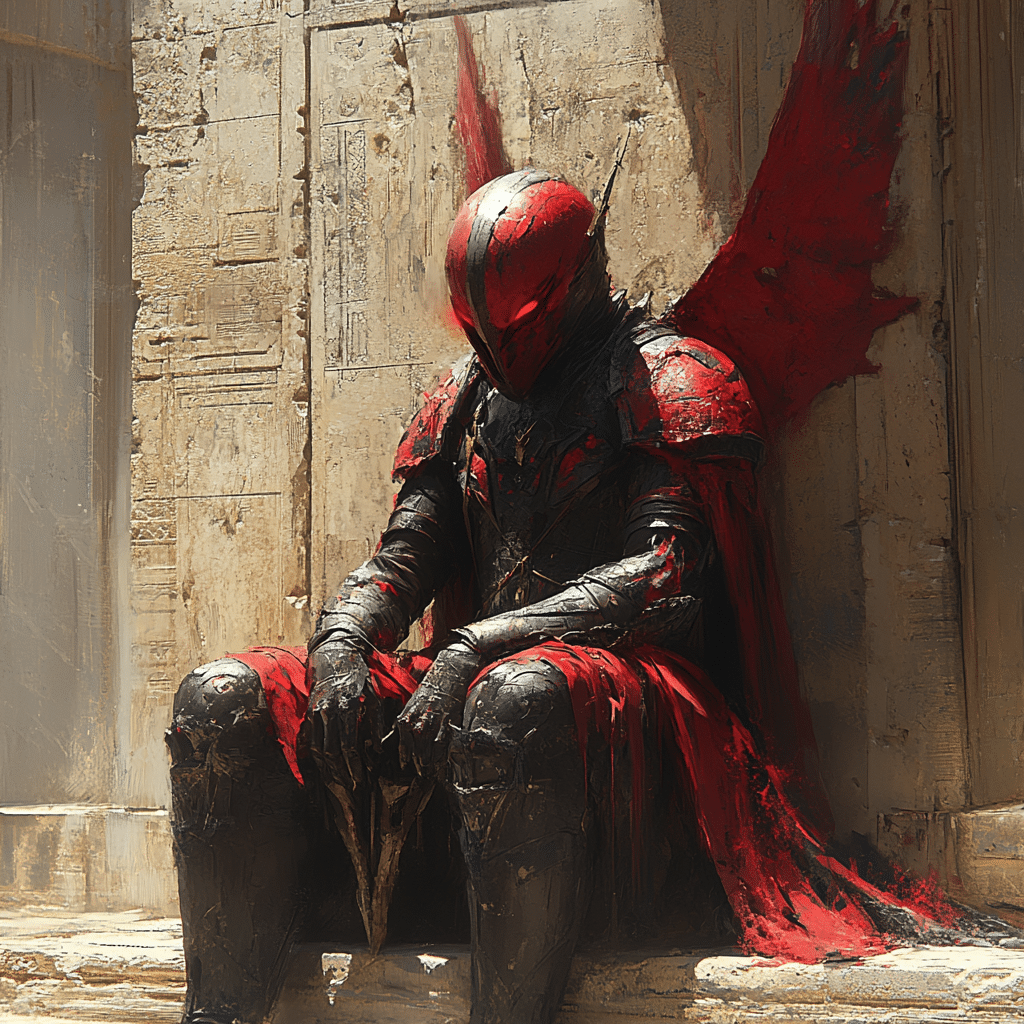
The Evolution of Archnemesis in Modern Storytelling
As we move into 2024, the portrayal of archnemeses is undergoing a fascinating evolution. Modern films like the recent The Batman series and Spider-Man: No Way Home examine these relationships with an eye for nuance. Audiences crave complexity, no longer satisfied with one-dimensional villains; they want to understand the motivations behind each character’s actions.
This shift aligns with a growing appreciation for character depth. Villains are being shaped by their traumas and past experiences, drawing parallels to the heroes they oppose. This acknowledgment of complexity serves to highlight the fragile balance between heroism and villainy.
Fiction today allows room for multifaceted narratives, fostering empathy for characters on both sides of the moral spectrum. The future of storytelling in film seems committed to depicting archnemeses as nuanced individuals rather than mere obstacles in our heroes’ journeys.
The Cultural Importance of Archnemesis in Popular Media
Archnemesis characters have transcended their roles in superhero narratives, influencing broader aspects of pop culture. They serve as cultural touchstones, allowing audiences to explore real-world issues like morality, justice, and the struggles of power dynamics.
Figures like the Joker and Thanos have sparked conversations that extend far beyond fictional confines. They resonate with the larger societal issues of our time—mental health, existential threats, and the nuances of societal injustice.
These characters remind us that conflict is often layered and multi-dimensional. Engaging with these narratives compels us to reflect on our understanding of heroism, pushing the dialogue to include discussions about empathy, understanding, and the cost of our own moral choices.
Reflections on the Hero’s Journey
Ultimately, archnemeses represent challenges that extend beyond physical confrontations. They invite heroes—and, by extension, audiences—to explore what it means to make difficult choices and reckon with the consequences of those decisions. In a world of increasingly complex moral landscapes, the archnemesis remains vital to understanding heroism in contemporary culture.
As they grapple with personal and ideological battles, heroes are compelled to embark on transformative journeys. These figures serve as reminders that the greatest conflicts often dwindle to battles fought within ourselves. Heroes and their archnemeses encapsulate the essence of growth; their challenges help pave the way for a rich and meaningful narrative tapestry that resonates with us all.
In conclusion, the archnemesis stands as a compelling narrative device, one that brings out the best—and sometimes the worst—in our favorite characters. From Batman’s turbulent dance with the Joker to Spider-Man’s duality with the Green Goblin, heroes confront their past, their fears, and the eternal question of what it means to be good in a world that thrives on chaos. The interplay between hero and villain continues to evolve, reflecting our own complexities and the societal challenges we face today. Let’s raise a glass and celebrate these cinematic relations—much like on National Tequila Day, where every sip reminds us that life’s challenges, whether they come from archnemeses or the struggles within, are all part of the journey.
Arch-nemesis: The Ultimate Challenge for Heroes
When heroes embark on their journeys, they’re bound to encounter their arch-nemeses—those formidable foes that challenge them in ways no one else can. These characters often personify the core conflict of the story, pushing heroes to their limits and forcing them to evolve. For instance, the age-old rivalry between Batman and the Joker isn’t just about crime-fighting; it’s an existential battle, with each representing a different philosophy on morality. Speaking of epic showdowns, if you’re in the mood for some thrilling action, check out 123moviea for an array of films showcasing these battles!
The Psychology of Conflict
The relationship between a hero and their arch-nemesis often digs deep into psychological themes. Think of it like a game of chess, where every move counts—this constant push and pull evokes intense emotions for viewers. One intriguing fact is that many arch-nemeses are meticulously crafted to represent the hero’s dark side. Just as trolls lurking in the shadows can represent our fears, arch-nemeses reveal our inner conflicts. For a fun diversion, check out the fascinating world of branch Trolls, which mirrors these dualities in intriguing ways.
The Stakes and Their Impact
What makes these rivalries so compelling? The high stakes! An arch-nemesis does more than just fight the hero; they often put loved ones and entire cities at stake, shaping the plot with dramatic twists. In sports too, rivalries such as the competition exemplified in Man City Vs Bsc Young Boys Stats showcase how competition drives teams to their best. In a similar vein, the constant dance between the hero and their arch-nemesis keeps audiences glued to the storyline, eager for the climax.
And speaking of top performances, did you know that the original Rocky was inspired by a true story? On that note, if you’re curious about how tall Sylvester Stallone is, a peek at How tall Is Sylvester stallone will give you insight into not just his stature, but his impact on the hero archetype. Ultimately, the presence of an arch-nemesis enriches not just the storyline, but also resonates deeply within the viewers, much like the excitement surrounding current events like the Chelsea Standings, where the pressure’s always on!
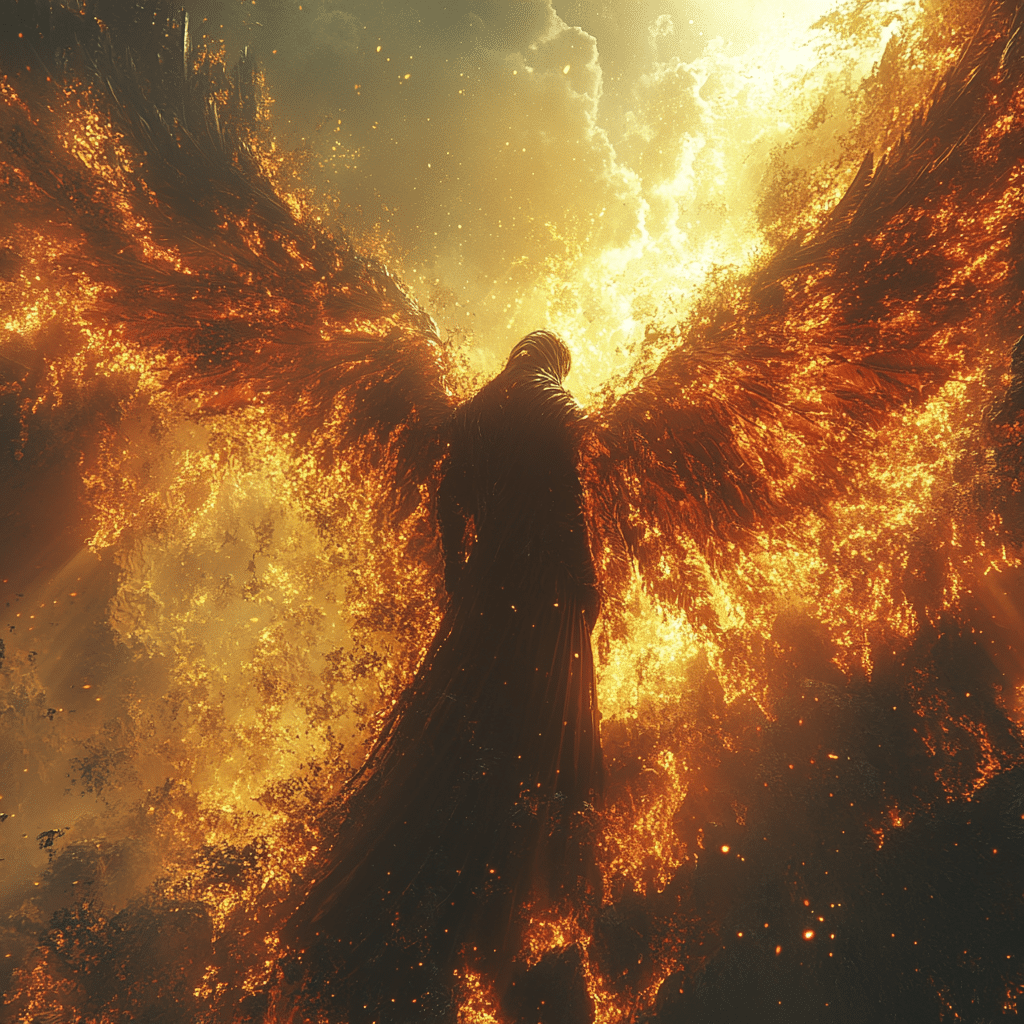
What is the meaning of archnemesis?
An archnemesis is the main enemy or rival of someone, often the one who causes the most damage to their life or goals. This relationship usually highlights a significant clash between their values or intentions.
What is the difference between nemesis and archnemesis?
The main difference is that an archnemesis represents the ultimate foe, embodying everything the hero opposes, while a nemesis is more like a persistent thorn in their side, often causing ongoing trouble without being the biggest enemy.
What’s another word for archnemesis?
Another word for archnemesis is “archenemy.” Both terms point to a primary foe that stands out as the strongest opposition.
What is the true meaning of nemesis?
The true meaning of nemesis refers to an opponent or challenge that’s tough to overcome. It can also mean the natural consequences of one’s actions that can’t be avoided.
How is archnemesis used in a sentence?
You might use archnemesis in a sentence like, “The superhero finally confronted his archnemesis after years of battles.”
Who are arch enemies?
Arch enemies are typically those who have a longstanding and notable rivalry, often depicted in stories or real life, where each party is in direct opposition to the other.
Why do people say arch-nemesis?
Some people say arch-nemesis to emphasize the significance of the rivalry or conflict, often highlighting how it goes beyond just a regular enemy.
Is a nemesis a good thing?
A nemesis can be seen as both good and bad, depending on the context. It might serve as a motivating force for someone to grow or change, but it can also represent an ongoing struggle.
What gender is nemesis?
Nemesis doesn’t have a fixed gender as it’s often used in a broader, metaphorical sense. In some contexts, though, it can be personified as female, reflecting its origins in mythology.
What is the opposite of arch nemesis?
The opposite of an arch nemesis would likely be a close friend or ally who supports the hero’s goals and helps them succeed.
How do you pronounce archnemesis?
Arch-nemesis is pronounced as “ahrk-nem-uh-sis,” with the emphasis on the first syllable of each part.
What is raccoon eyes synonym?
A synonym for “raccoon eyes” would be “dark circles under the eyes,” often caused by lack of sleep or fatigue.
Is Nemesis positive or negative?
Nemesis generally carries a negative connotation, as it often represents an unstoppable force of defeat or punishment that one must face.
What do you call your worst enemy?
Your worst enemy can simply be called your “archenemy” or “rival,” pointing to the idea of someone who’s consistently in opposition to you.
What God is Nemesis?
In mythology, Nemesis is the goddess of retribution and vengeance, representing the balance of justice and the consequences of hubris.
What is an arch rival person?
An arch rival is someone who is a leading competitor or foe, often engaged in a fierce rivalry, whether in business, sports, or personal disputes.
What is arch-nemesis in a sentence?
You can use arch-nemesis in a sentence by saying, “His arch-nemesis always seems to be one step ahead, making life really tough for him.”
What is the opposite of a nemesis?
The opposite of a nemesis is often considered to be a friend or ally who actively supports and helps rather than opposes someone.
What is the meaning of arc enemies?
The phrase “arc enemies” doesn’t have a standardized meaning, but if you mean “arch enemies,” it refers to the main opponents in a rivalry context.


